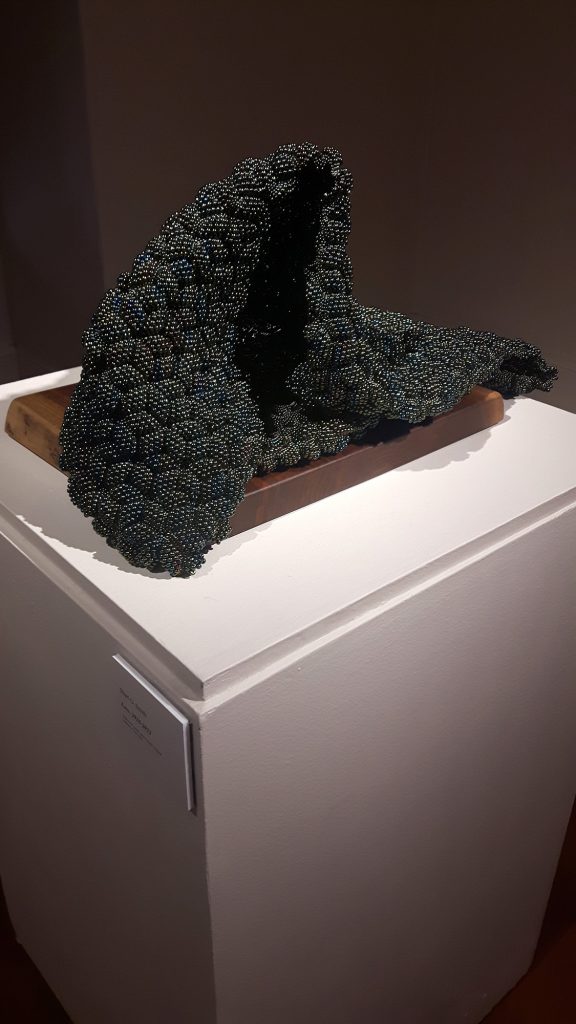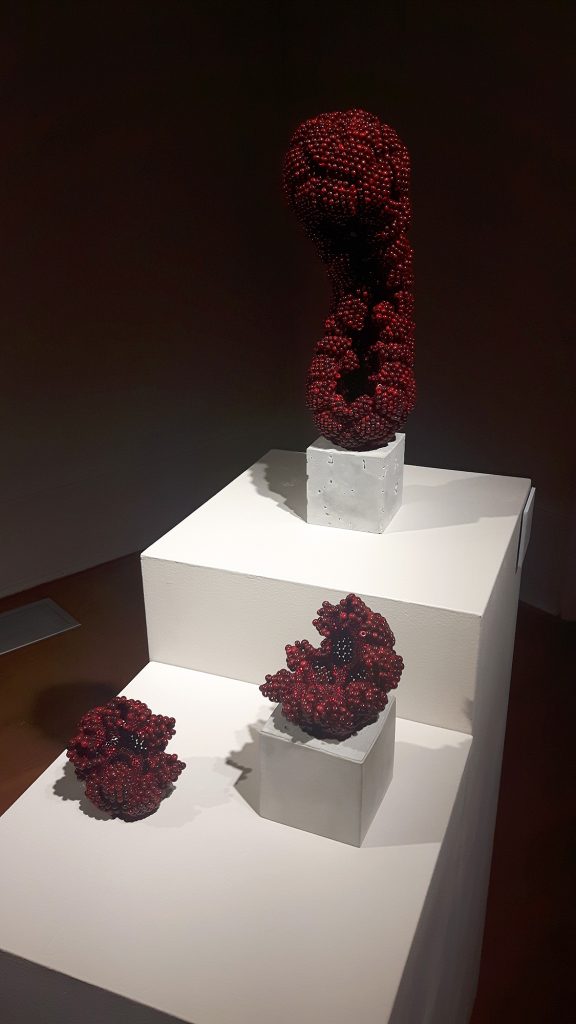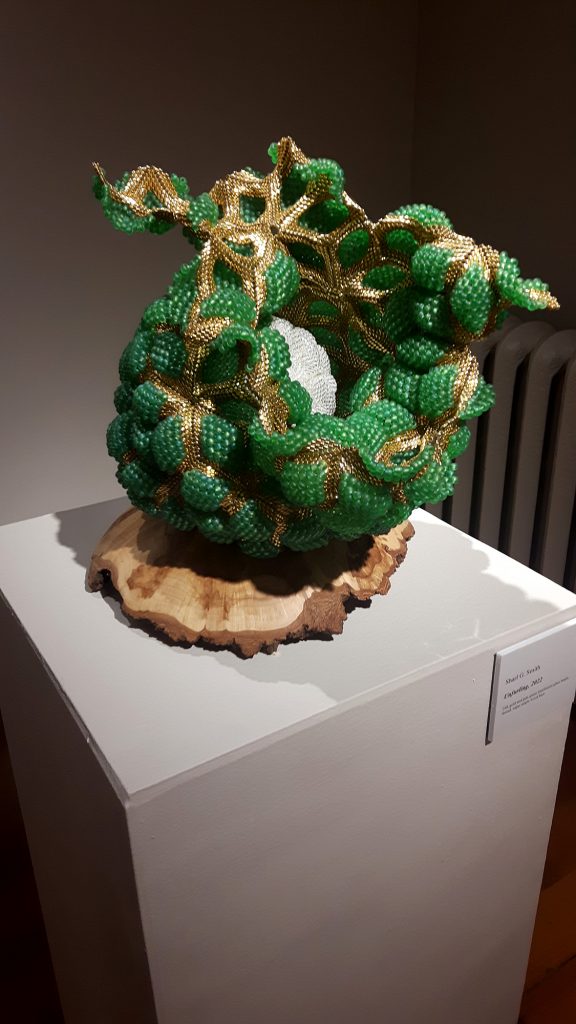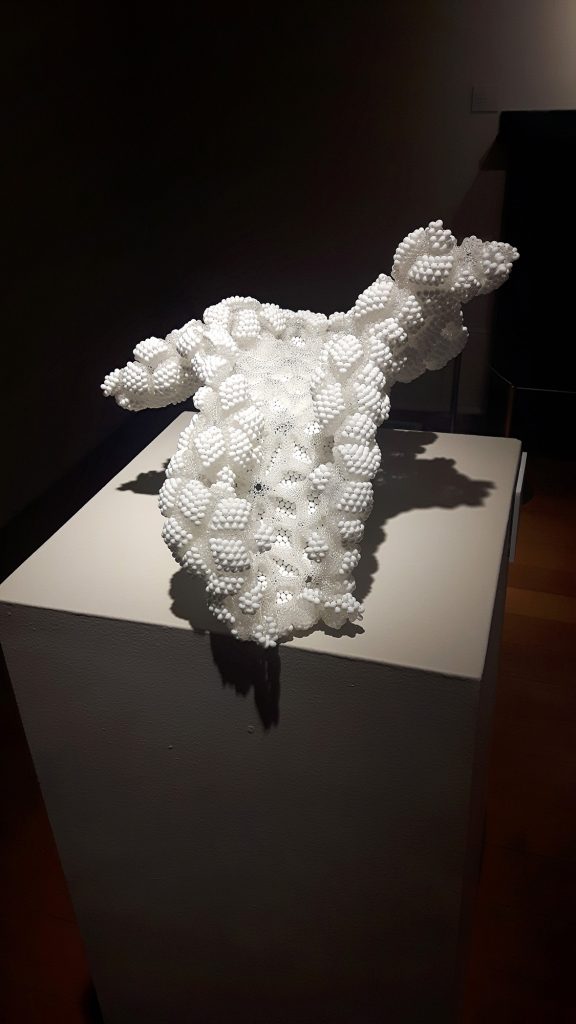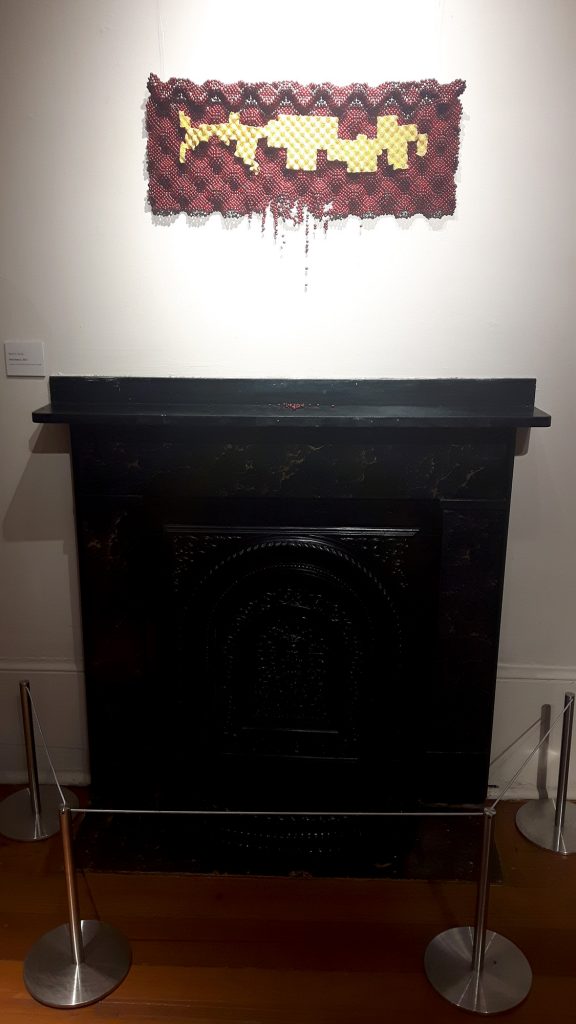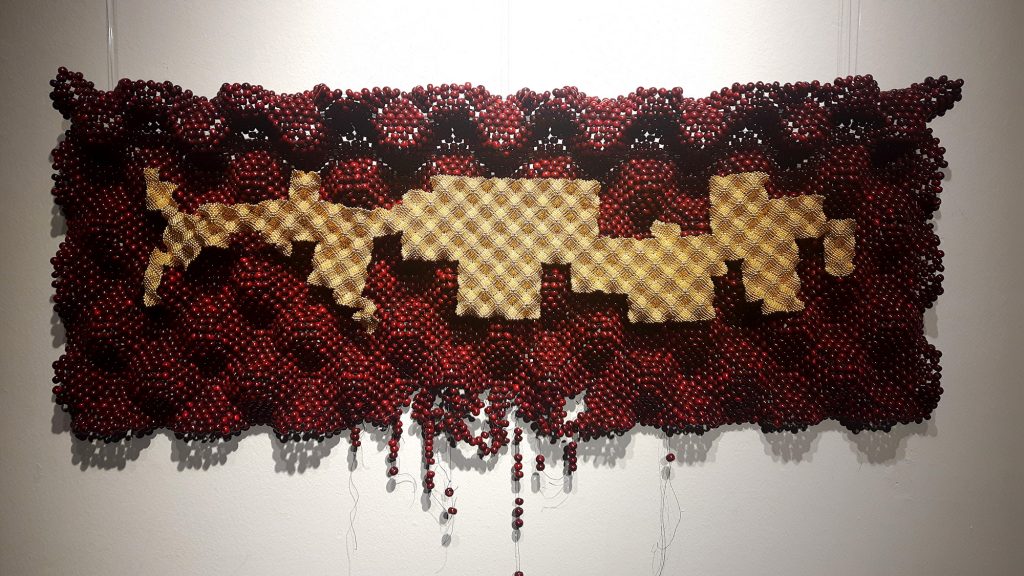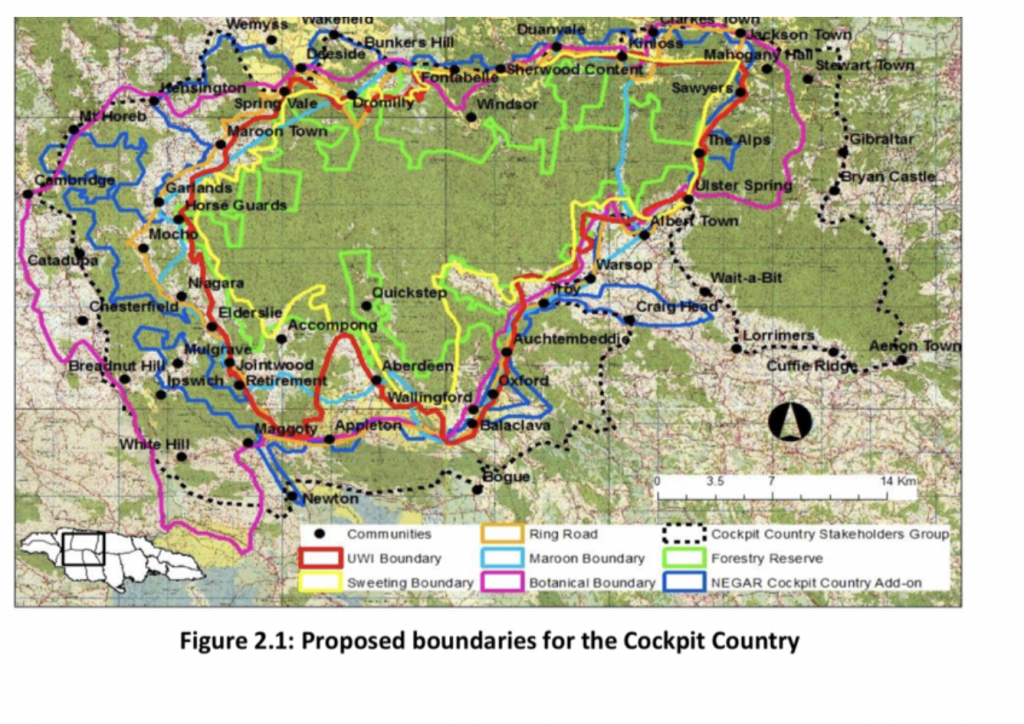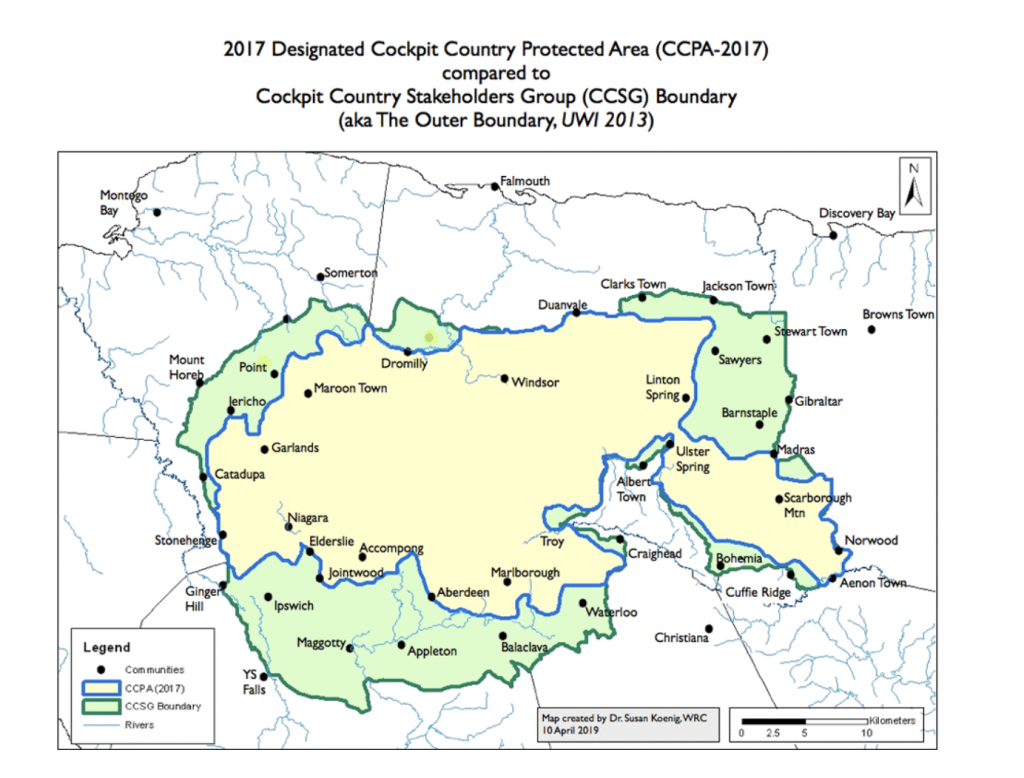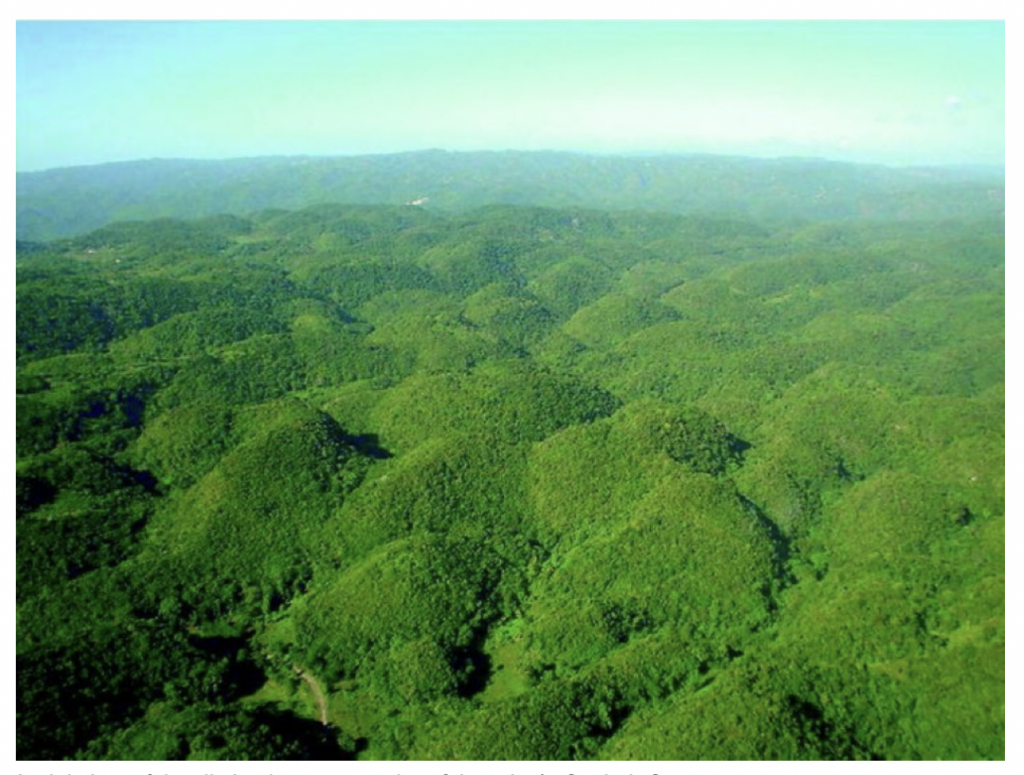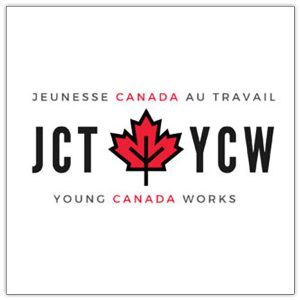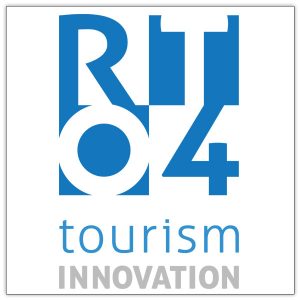EXHIBITION
OPENING RECEPTION - THURSDAY MAY 12 from 7-9pm
Of Wood and Water
Sharl G. Smith
April 29 – August 7, 2022
Cayley & Ferrie Galleries
Constructed using bead-stitching, a form of bead-weaving traditionally used for jewellery, the sculptures featured in Of Wood and Water explore the intersection of place and identity through the lens of varying states of wellbeing.The title, derived from the Indigenous name of Jamaica (Xaymaca), simultaneously evokes the influences of Japanese elemental philosophy and the Jamaican woodlands and waterways that served as inspiration for the works. Each piece plays with the boundaries of rigid/flexible, interior/exterior, and material/spiritual to create forms that reference both geographical features and corporeal experiences.
Originally from Jamaica, Sharl G. Smith is a Waterloo based artist who works primarily in hand-stitched bead sculpture. Smith is self-taught, using her background in architecture to inform and shape her practice. Inspired by her experience working in Zen Buddhist architectural design, Smith has a deep appreciation for the concept of “process as Practice.”
Sharl G. Smith (she/her)
Sun Drops Studio
www.sundropsstudio.com
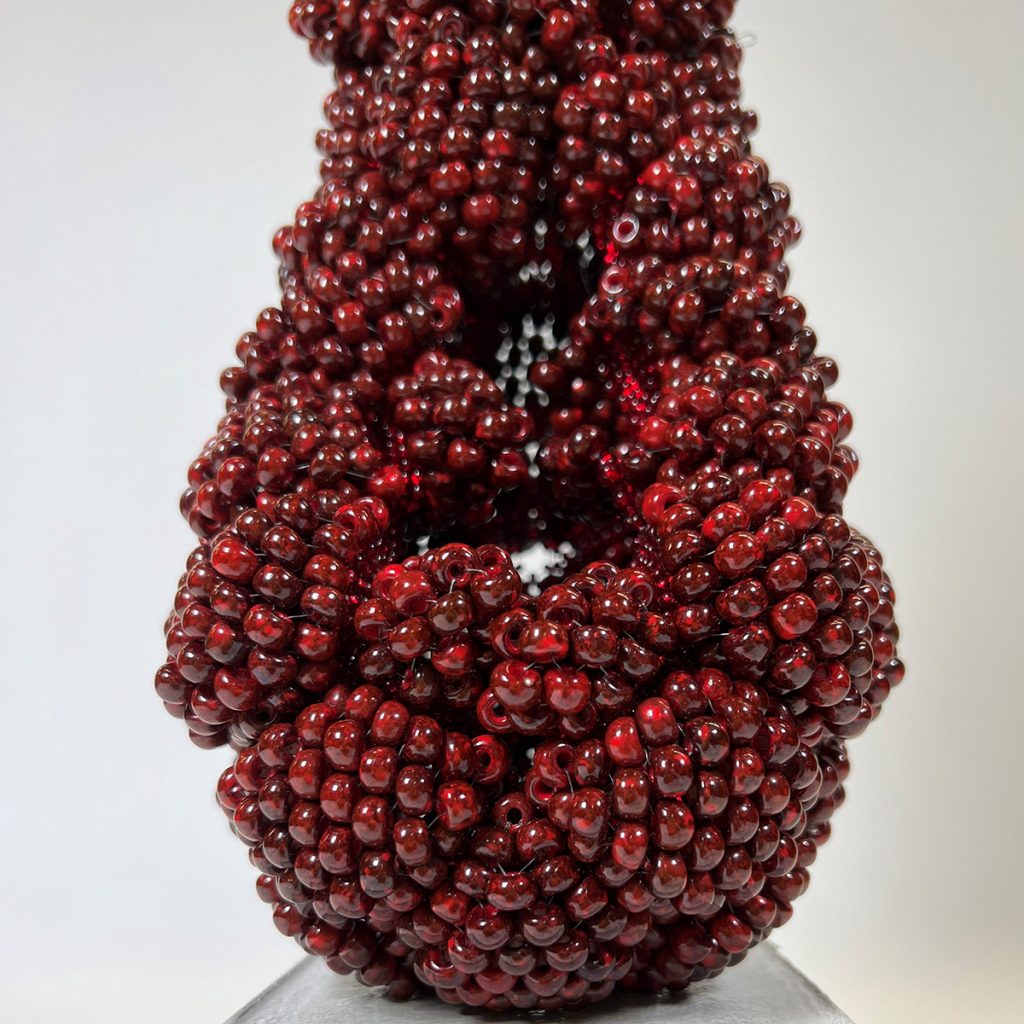
Loss, 2018-2022
Materials – iridescent green glass beads, thread, walnut wood base
Dimensions – 24 in. wide x 14 in. deep x 14 in. high
Through iridescent beads and a shroud-like form, Loss explores the grieving process and the complex beauty that can flow from this universal experience. While the heaviness evokes collapse, I also aim to portray a sense of spacious interiority to reference how all-consuming one’s innerworld can be during periods of profound sadness.
The Unsilencing, 2022
Materials – garnet and variegated red glass beads, thread, concrete base
Dimensions – 4 in. wide x 4 in. deep x 19 in. high (main form)
Like Loss, The Unsilencing attempts to capture the burden of deep emotional turmoil through a shape that curls inward. This piece, which focuses more on depression and its effects on the body, uses blood-red beads to signify the physical manifestations of mental illness.
Unfurling, 2022
Materials – 24K gold and jade green translucent glass beads, thread, sugar maple wood base
Dimensions – 11 in. wide x 11 in. deep x 15 in. high
Unfurling is a plant-like form that surrounds a lighted beaded seed pod. It explores and celebrates the process of psychological and spiritual growth and the awakening potential and possibility. The shape of this sculpture, an expanded geodesic icosahedron, is meant to express the different stages of all kinds of organic growth, such as the nubescent seed expanding, contracting, blooming, stretching out and transforming into a whole new future.
Spirit, 2022
Materials – white and translucent glass beads, thread, concrete base
Dimensions – 16 in. wide x 11 in. deep x 14 in. high
Spirit is a reflection on the jubilant and enduring spark of African diasporic traditions and peoples, inspired by the women and ritual dance movements of the Jamaican Revivalist religion.
Spirit, a cascading sculpture made from white and clear beads, is a reflection on the jubilant and enduring spark of African diasporic traditions and peoples. Despite colonial efforts to whitewash and Christianize Jamaica, the cultural influence of Myal, Obeah, Kumina and other traditions still shine brightly. With this work, I pay homage to the essential spark passed down through these traditions—enlivened by the Jamaican Revivalism movement in the post-abolition 1860s— and recognize the deep well of power available to us when we embrace suppressed aspects of our identity, independent of the prevailing global culture of white supremacy. The title, Spirit, plays with the dual meaning of the word, referencing both the ancestors with whom the Revivalists would joyfully commune and the idea of an intangible and eternal driving force.
While still frequently demonized by the Jamaican Christian majority, these African spiritual practices, often rooted in dance and music, remain hugely influential in Jamaican arts and culture. The flow of this work is based on a joyful and communal Revivalist ritual rhythmic movement that later became absorbed into contemporary Jamaican dance. As a child, I would see the women who practiced these rituals move in tandem towards their place of worship. The colour and movement of Spirit is inspired by the beauty and mysterious power these women seemed to exude in their gleaming white dresses and turbans.
Inheritance, 2022
Materials – variegated red and 24K gold glass beads and thread
Dimensions – 30 in. wide x 9.5 in. high
The newest work in the series, Inheritance, is a response to the ongoing harms perpetuated by bauxite mining and government interest in Jamaica’s Cockpit Country. With this work, I suggest that true wealth is derived from a reciprocal relationship with the land, rather than the colonial perception of land value that sees wealth only in terms of what can be extracted and sold. By recreating Cockpit Country’s characteristic karst formation out of gold and red beads, I am celebrating the richness of Jamaica’s ecological and cultural heritage while highlighting what’s lost when governments ignore the devastating long-term effects of focusing solely on the short-term cash value of land.
As a settler immigrant in Canada learning about this country’s history of stolen land and Indigenous genocide, I find myself concurrently reflecting on the common mindset towards land and it’s perceived value in my homeland of Jamaica. In particular, I am disturbed by the current news surrounding the mining of bauxite in Cockpit Country, an historically important and ecologically diverse area on the Island. Cockpit Country looms large in the collective Jamaican consciousness. By fleeing to Cockpit Country, people were able to escape Spanish and British slave plantations and evade recapture by hiding in its impenetrable hilly landscape. These people, called the Maroons, set up communities on this land with the surviving Indigenous community and have lived as an autonomous and independent sovereign nation within Jamaica ever since.
Cockpit Country and its surrounding areas have long been known for abundant natural resources. Most notably, the region is one of the world’s largest suppliers of bauxite, a central component in aluminium. Recently, a special mining lease was given to Noranda, a Canadian mining corporation, to expand their bauxite mine dangerously close to a Maroon community. Along with causing severe harm to the forest, bauxite mining also impacts the underground water systems and releases particles into the air that negatively impact the health of surrounding communities, wildlife and plants. While this particular story is still unfolding- the new lease has rightly sparked outrage and protest from the Maroons and activists across the country- the overarching narrative of powerful groups destroying sacred places for profit is nothing new.
In general, it seems as though there is a lack of conscious thought in the Jamaican government about our ongoing responsibility to the land we fought for and inherited. Cockpit Country, in addition to being home to so many species and communities, is a place of refuge and safety that played and continues to play an integral part of Jamaican survival (40% of the Island’s drinking water comes from Cockpit Country). So why does the Jamaican government only see it as a source of short-term monetary profit? How can we shift our understanding of land value in pursuit of sustainable economic models that support the abundance of the earth and the well-being of the people?
When I started this project, my goal was to create a glimmering golden tapestry that celebrates the rich history and bountiful biodiversity in Cockpit Country. As I got deeper into the research, I realized that what’s important to me is not only being able to highlight this Jamaican landmark and everything it stands for, but to question our inherited colonial value systems that blind us to the richness already present in our land. By re-creating the Cockpit Country’s characteristic karst formation out of gold and blood-red, I am commenting on the destructive perception of land value as merely derived from extraction for monetary profit while celebrating the inherent wealth of Cockpit Country as a place of utmost historical, ecological and cultural importance.
https://www.vice.com/en/article/5dbxyx/the-fight-against-mining-in-jamaicas-rainforest
https://savecockpitcountry.org/
https://link.springer.com/chapter/10.1007/978-3-319-30465-6_1
Relevant Excerpts from 2013 UWI report on boundary consultations:
- Page i-ii
“Results: Most people living within the Cockpit Country would like it to be declared and designated as a protected area and a national park, an ecotourism site and a World Heritage Site. There is vehement opposition to bauxite mining and limestone quarrying within the Cockpit Country. Some stakeholders believed that geology and geomorphology are foundational factors in identifying the Cockpit Country. However, these factors could not be the only parameters to take into account when defining the boundary of the Cockpit Country.
There is an agreement that economic opportunities for the local communities and the nation at large should be part of the Cockpit Country boundary discussion. Several representatives from the Governmental agencies support a balanced approach between the local economy and the national interest. There is full agreement that the defined boundary of the Cockpit Country should ensure watershed protection and the protection of the natural resources and the ecosystems.
Land tenure (Private versus Crown) should be addressed and incentives should be provided to Private land owners depending on the future of the Cockpit Country. Discussions should take place with the Accompong Maroon Council in order to resolve issues related to ownership rights, conservation and management of the natural resources. There are conflicts between the stakeholders about the use of the Cockpit Country’s natural resources. Some stakeholders would like controlled use of the natural resources and amenities by establishing new practices such as sustainable farming, improved land use patterns, ecotourism activities, etc… Other stakeholders would like the natural resources to remain undisturbed…” - Page ii-iii
“Recommendations
1. There is an urgent need to develop a long vision for the Cockpit Country and evaluate the true cost of ecosystem services provided by the Cockpit Country for Jamaica and the World vis-à-vis the permanent removal of mineral resources under current technological conditions.
2. One of the biggest contributions of the Cockpit Country to the national economy is the provision of potable water. The Water Resource Authority insisted that 40% of water production in Jamaica is supplied by the Cockpit Country aquifer (WRA, 2004). The tourism sector in western Jamaica greatly benefits from the ecological services provided by the Cockpit Country aquifer in terms of water supply and water quality. The Cockpit Country Forest plays a critical role in sustaining water security in Jamaica.
3. The Government of Jamaica should not authorise any form of mining and quarrying activity within the Cockpit Country as the level of emotion is too high and the level of opposition and resistance by community members and leaders, community-based organisations, Non-governmental and civil society organisations, some governmental agencies and members of the academic community may not provide enough guarantee and confidence for potential investors.
4. The Cockpit Country deserves some form of legal protection. The declaration of a protected area and national park is the first step toward the ultimate goal, which is the nomination of the Cockpit Country as a World Heritage site by the United Nations Educational and Cultural Organisation (UNESCO).
5. The official boundary for the Cockpit Country should be comprised of a Core, a Transition Zone and an Outer Boundary.
6. The Core of the Cockpit Country boundary should be primarily based on the contiguous geological, geomorphological and biological parameters. The Core must be the centre of the best and primary forest within the Cockpit Country.”
Suggested reading for alternate value systems leading to economic solutions:
Costa Rica is the first tropical country to have stopped and reversed deforestation
https://earth.org/how-costa-rica-reversed-deforestation/
Conflicting boundaries – CCSG (stakeholders group including scientific research, geomorphology, underground hydrology and existing communities) vs. CCPA (government boundary)
CCSG = 116238 hectares (other sources round up to 500 sq. mi.)
CCPA = 78024 hectares
http://cockpitcountry.com/boundaryCCPA-CCSG.html
Aerial view of the distinctive topography of Jamaica’s Cockpit Country




